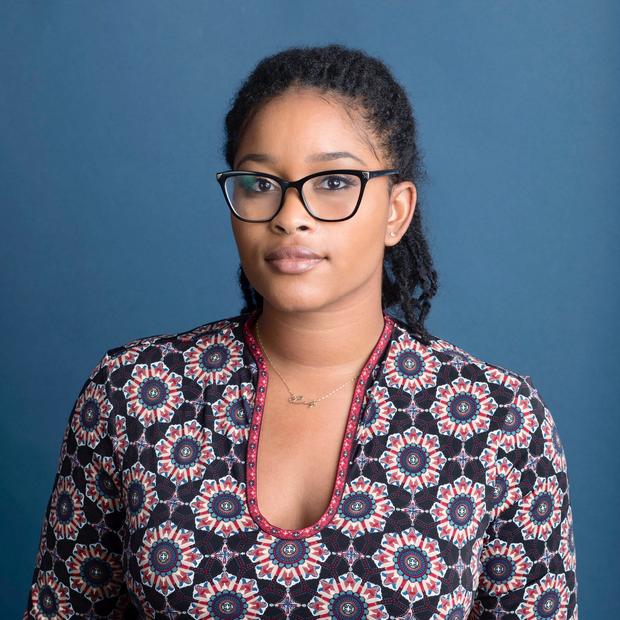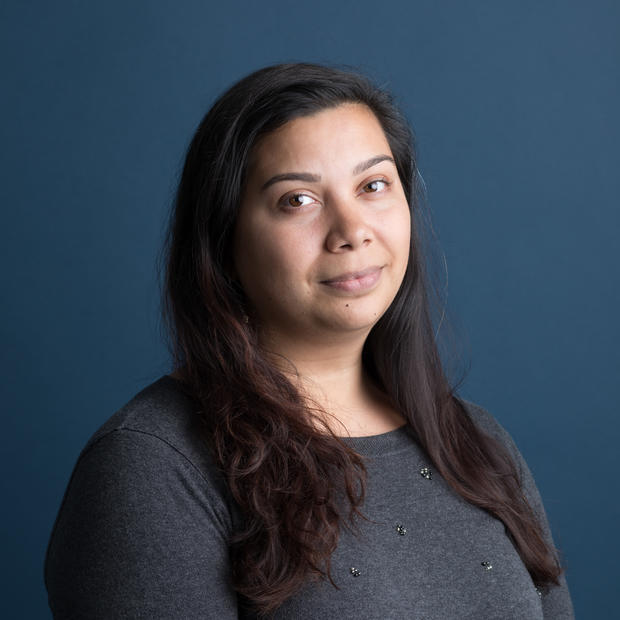If you are in a classroom in America, chances are you are being taught by a white teacher, no matter the makeup of your community. White teachers nationwide are overrepresented in schools across all geographic categories — urban cities and rural communities alike — making up approximately 82% of the teaching force, according to the National Center for Education Statistics.
In Washington state, white educators made up approximately 88% of classroom teachers during the 2018-19 year, while students of color made up 47% of Washington’s student population. Those numbers are similarly disproportional in Seattle, where children of color constitute 53% of the student population, and 81% of teachers are white.
“Particularly when we focus on diversity in the teaching force, Seattle’s no different than many other cities that have a predominantly white teaching force and … nationally,” said Keisha Scarlett, chief of equity, partnerships and engagement at the Seattle Public Schools district. But while discrepancies remain between the numbers of students and educators of color in Seattle, they’ve become less disparate in recent years.
The number of teachers of color employed by Seattle Public Schools increased by 8% between the 2015-16 and 2018-19 school years. And the retention rate for educators over the past six years has been about equal between both teachers of color and white teachers, hovering between 83% and 88%, according to data provided by the district.
“We’re trying to pay attention to recruitment at different levels,” Scarlett said. “One thing that we have — it is a gold mine that we’re sitting on — is educators of color we already have in our schools. But most of them are in paraprofessional positions.”
Paraprofessional educators — commonly referred to as “paraeducators” — provide instructional assistance alongside teachers, but lack the licensing of traditional classroom teachers. In Washington, paraeducators make just over half the salaries of their certificated counterparts.
“It’s more likely for a [person of color] in Seattle Public Schools to maybe become an instructional assistant, and to remain in that role, perhaps even all the way to retirement,” Scarlett said. “A lot of it has to do with the implicit biases that are held about … second language-speaking people and other people of color about what their capabilities are.”
In an effort to balance the scales, Seattle Public Schools offers an internal Classified to Certificated program aimed at helping paraeducators earn teaching certificates. Plans to further expand that pipeline are underway.
Another effort to jumpstart the careers of potential educators of color will start Aug. 20, when SPS will bring 35 recent high school graduates and community members to participate in the first cohort of the Academy for Rising Educators. The program allows participants to earn an associate degree from Seattle Central College at no cost to them.
The program, aimed at funneling aspiring educators directly into teaching positions with Seattle schools, is also designed to help participants access a network of professionals that can potentially help propel their careers. This, Scarlett said, is one of the most important features of the program. Historically, would-be educators of color have lacked an entry point to the professional circles that their white counterparts often break through.
“Mentorship is different than sponsorship,” Scarlett said. “It's one thing to sit one on one with a person and advise them. But it’s another thing when I expose you to the network I'm in.”
Virtually anyone is welcome to participate in the program — so long as they haven’t yet earned a college degree. The Academy for Rising Educators is funded through the city’s $619 million Families, Education, Preschool and Promise Levy, and allows participants to earn a full salary and benefits while they learn.
But in the estimation of Marquita Prinzing, director of the Seattle Education Association’s Center for Racial Equity, the district needs to expand its efforts even further by intentionally grooming diverse educators to become part of Seattle Public Schools leadership.
“What you do when you do racial equity work is bring those people in more intentionally by hiring them,” Prinzing said. “Having someone in a position of power to say, ‘This is how we structure our entire system to respond when [racist] incidents happen.’… It changes the communication framework.”
The racial disproportionality among modern educators goes back to the landmark Brown v. Board of Education ruling. To comply with federal desegregation orders following the U.S. Supreme Court’s decision in the case, districts typically opted to close Black schools, moving those students into formerly all-white schools. As a result, an estimated 38,000 Black teachers living in Southern and Southern-adjacent states lost their jobs.
Other factors, such as new certification requirements and a widespread failure to recruit would-be Black teachers as others retire, have also contributed to the disparity. And while a comparable percentage of white, Black and Hispanic college students are pursuing education degrees today, white education majors are significantly more likely to actually earn a bachelor degree than their nonwhite counterparts.
“Seattle’s a place where people think, ‘Oh, well there’s mostly white people here and that’s why we have mostly white teachers,’ ” Scarlett added. “But having a [mostly] white teaching force is a result of structural racism. There were conditions that were put in place to ensure the results that we’re seeing.”
A 2015 study published in the journal Economics of Education Review, found evidence that placing students in classrooms with teachers of their own racial or ethnic background yields “small but significant positive effects” — especially for students previously performing at a low level.
“It’s very difficult for students of color to receive messaging about what their future successes will look like … in a real, affirmative way when people don’t look anything like them,” Scarlett said.
For Alma Alonzo, a reading specialist who has worked in Seattle Public Schools for 16 years, the impact of racial representation in the classroom has been palpable.
When students can relate culturally to people teaching them, “a lot of engagement is sparked,” she said. “I've had the only Asian kid in my class who's so happy to have a teacher who looks like them.”
Alonzo also pointed to what she believes is a greater propensity of teachers of color to help students navigate institutional barriers that arise in one’s education and advocate for themselves.
She also expressed that having a considerable network of educators of color has been beneficial to her own work experiences.
“It's so much easier to be in a building that has a lot more staff of color than to maybe be in a building where I'm five of 40,” she said. “The chances of microaggressions go down, and there's a greater feeling of safety when you're around other people who understand your experiences as an educator of color.”
But having diversity among classroom teachers, Scarlett contends, is advantageous for all students — not just those who are underrepresented.
“Being around culturally diverse staff people helps them understand the world they interact with outside of school walls,” Scarlett went on. “It helps our entire society to have diverse representation start here.”



